New York City cyclists ride because they enjoy the challenge of cycling. Some riders love the convenience and inexpensive form of transportation in an urban setting. Others ride because they want to exercise or they enjoy the time spent with family and friends while riding.
No matter why you choose to ride a bicycle in New York City, there are a few things you need to know about bicycle safety and infrastructure in NYC.
New York City Bicycle Accident Statistics
Many motor vehicle crashes in New York City involve cyclists. In 2018, there were a total of 18,718 bike accidents across the Big Apple. Of those, 18,710 resulted in an injury and another 8 were fatal. In 2019, the five boroughs saw 18,510 collisions involving cyclists – 18,494 causing injury and 16 fata. Despite the fact that the city was under a lockdown for most of 2020, there were still 12,450 bike crashes in 2020. Of those, 12,422 caused injuries and 28 were fatal. So, while the total number of bike accidents in NYC has declined in recent years, they’ve increased in severity.
There are a growing number of bicyclists on NYC streets. A report (Safer Cycling: Bicycle Ridership and Safety in New York City) that analyzed bicycling in NYC over two decades found more residents are riding bicycles than ever before. Cycling increased faster than employment growth or population. There was a 150% increase in bicycle trips from 2015 to 2016.
Bicycle safety has significantly improved since 1996. However, there is still room for improvement. The majority of bicyclist fatalities occur on streets that do not have bicycle facilities. Neighborhoods that are underserved by the bicycle network have more cyclist deaths and serious injuries.
Bicycle Infrastructure in New York City
New York City has diligently worked to create a bicycle infrastructure that protects bicyclists and motorists by providing an efficient means for sharing the road. By 2018, 1,240 miles of bicycle lanes were installed in New York City (66.1 miles of bicycle lanes were installed in 2018). There were 480 lane miles of protected bicycle lanes throughout the city by 2018, with 20.4 miles of protected bicycle lanes installed in 2018.
The goal is to implement a minimum of 50 lane miles of bicycling facilities each year, including ten lane miles of protected bicycle lanes. The plan also calls for creating or enhancing 75 lane miles of bicycle facilities in Priority Bicycle Districts by 2022.
The Five Borough Bikeway contains an infrastructure plan for bicycles that reconnects NYC as it continues to recover from the COVID-19 pandemic. The plan is to create a citywide network of continuous, protected, high-capacity, priority bicycle lanes that serves as the spine for all bicycle lanes throughout NYC.
NYC officials continue to implement new steps to improve and add to New York City’s bicycle infrastructure. The result will be a safer, more convenient bicycle network that encourages more people to cycle throughout the city.
Why Do Bicycle Accidents Occur?
Reckless and negligent drivers are responsible for many of the bicycle accidents that occur in New York City each year.
Common factors that contribute to the cause of cycling accidents include:
- Speeding and reckless driving
- Distracted driving
- Driving in a bicycle lane
- Failing to yield the right of way
- Following a bicycle too closely
- Impaired driving
- Drowsy driving
- Failing to follow traffic laws
When a driver strikes a bicyclist, the cyclist can sustain severe and life-threatening injuries. Even low-speed bicycle crashes can result in catastrophic injuries for the rider. A rider may sustain multiple broken bones, internal injuries, traumatic brain injury, spinal cord injuries, amputations, and paralysis.
How Can You Avoid a Bicycle Accident in New York City?
Bicyclists are required to follow traffic laws and bicycle ordinances. New York Vehicle & Traffic Code §1231 states that traffic laws apply to bicyclists. The code states that riders are granted all of the rights applicable to a motorist.
Likewise, riders are subject to the duties applicable to motorists. There are exceptions for special regulations and for provisions that, by their nature, cannot apply to bicyclists.
Additionally, cyclists must also know and obey the Bicycle Laws, Rules, & Regulations for riding in New York City. Riders are responsible for knowing, understanding, and obeying the city’s ordinances, even when the city’s laws vary from state bicycle laws.
In addition to obeying all traffic laws, riders should take other steps to reduce their risk of being involved in a bicycle accident.
Bike safety tips for NYC include:
- Always remain alert while riding
- Never ride a bicycle under the influence of alcohol or drugs
- Wear a bicycle helmet and protective bicycle gear
- Wear bright colors and use bicycle lights and reflectors to increase your visibility to drivers
- Cross streets and roads at marked intersections
- Ride in bicycle lanes whenever possible
- Do not wear headphones or use a hands-free cell phone while riding
- Do not attempt to cross a multilane highway
- Always use hand signals to indicate when you turn or stop
- Keep your bicycle maintained and in good working condition
- Make eye contact with drivers before crossing a street or road
- Do not ride more than one person to a bicycle unless the bike is equipped for multiple riders
Even though drivers are usually at fault for bicycle accidents, a rider’s actions could contribute to the cause of the accident. If so, the compensation paid to the rider for damages could be reduced. Always follow all traffic laws and take precautions when riding a bicycle to avoid comparative negligence allegations for a bicycle accident.
See our benchmarking report or contact us for more information.

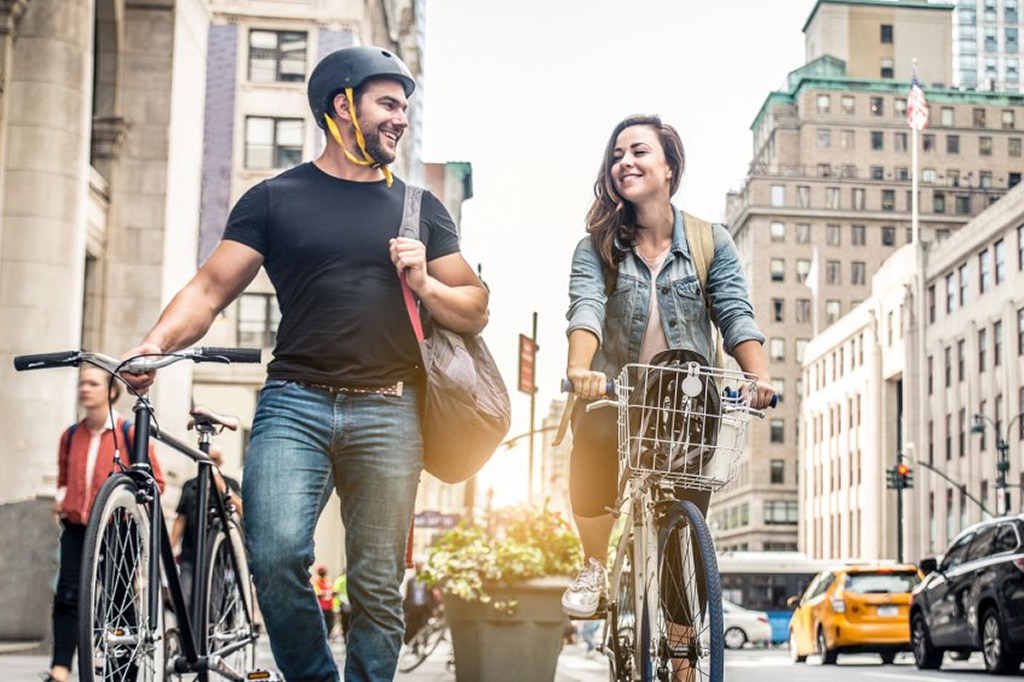
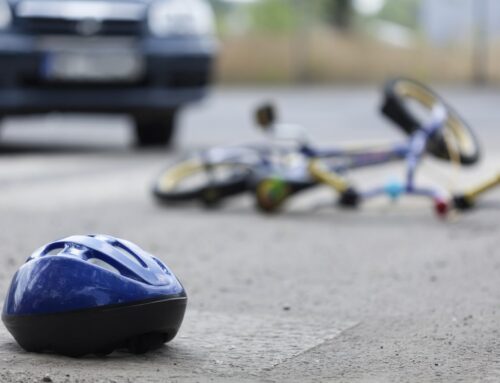
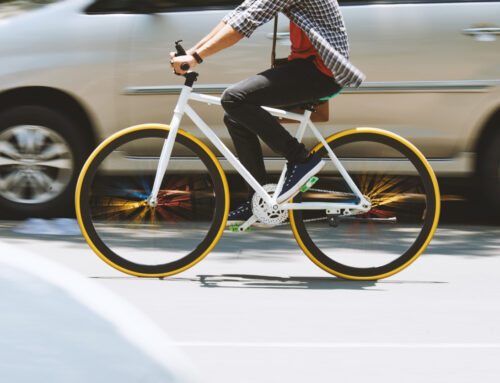
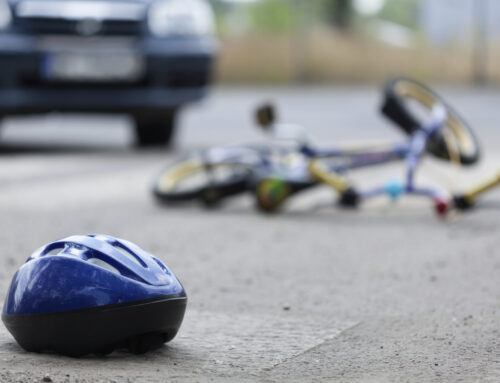
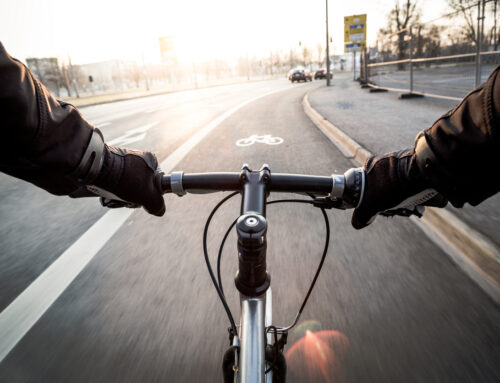
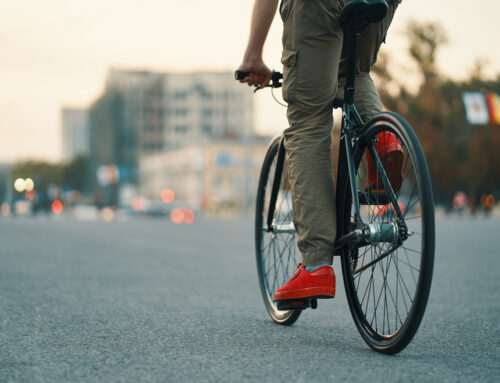
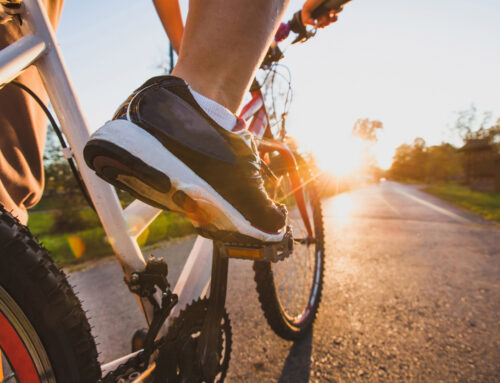
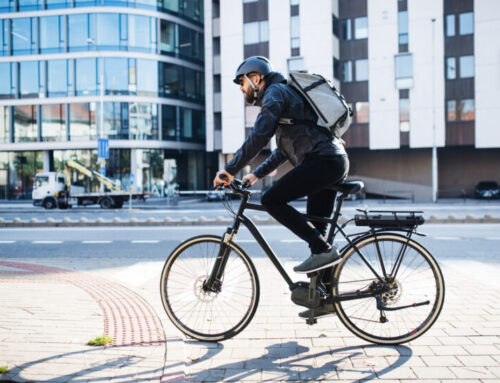
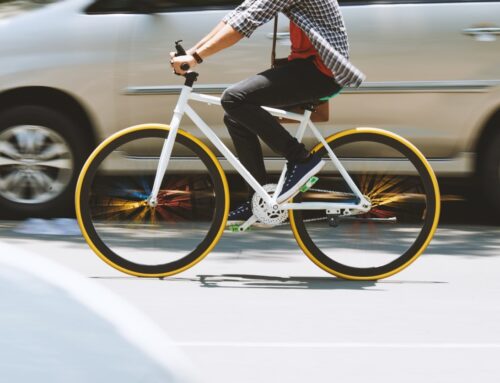
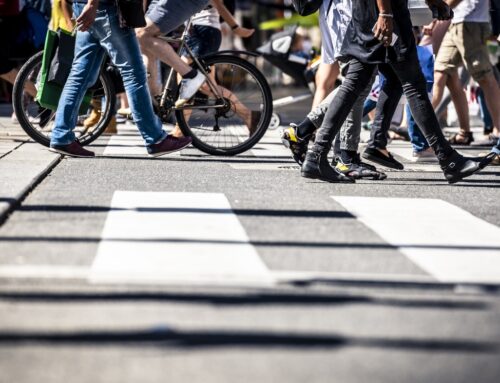
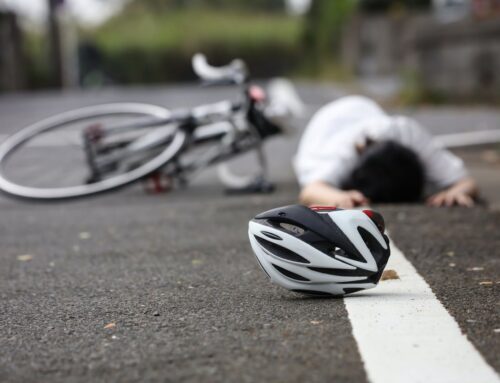
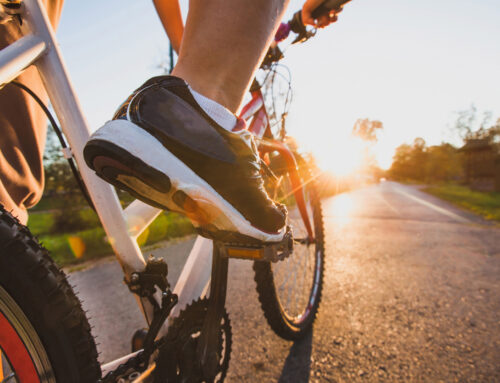
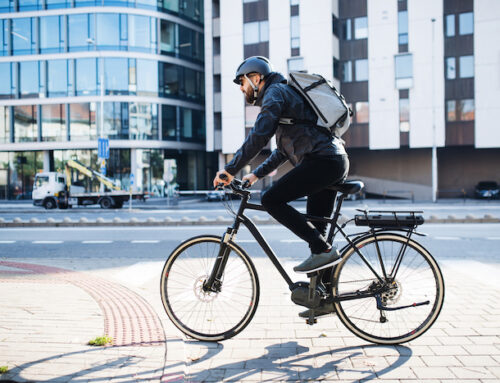
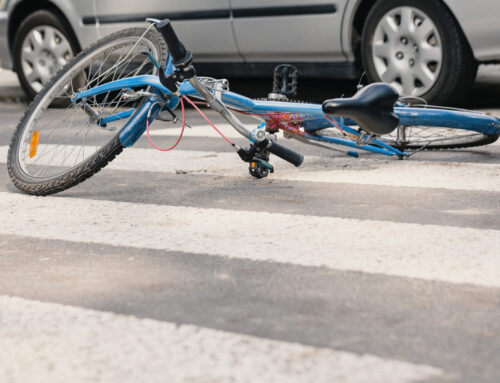

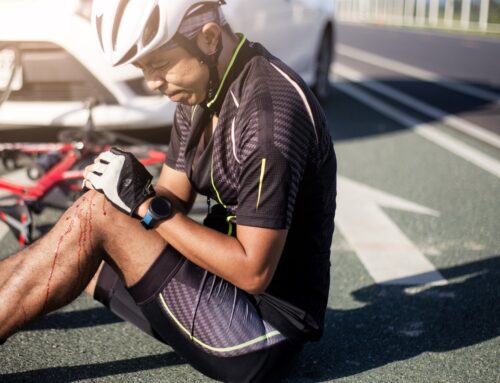

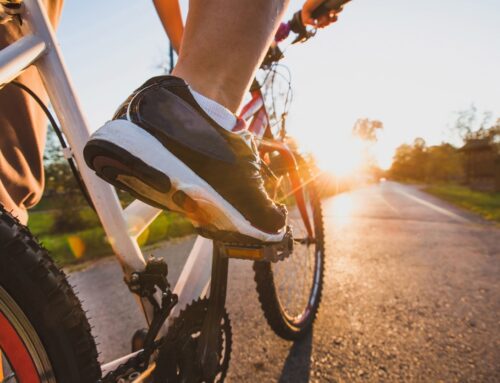
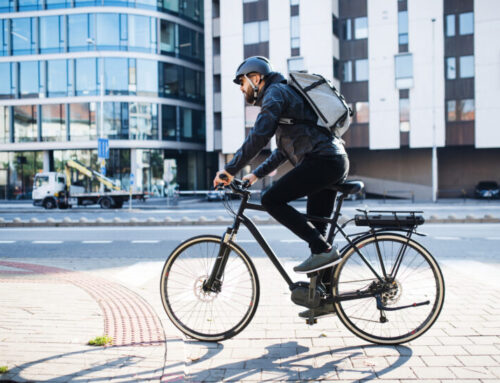
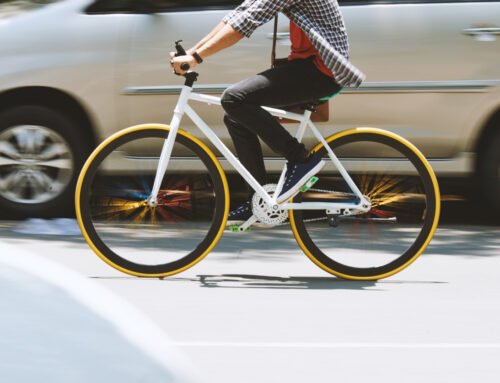
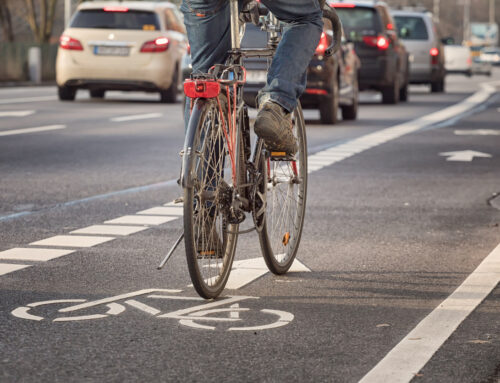
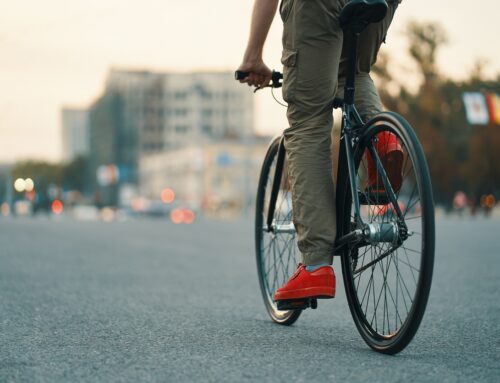

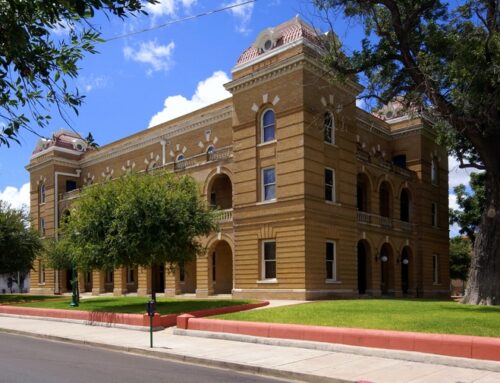

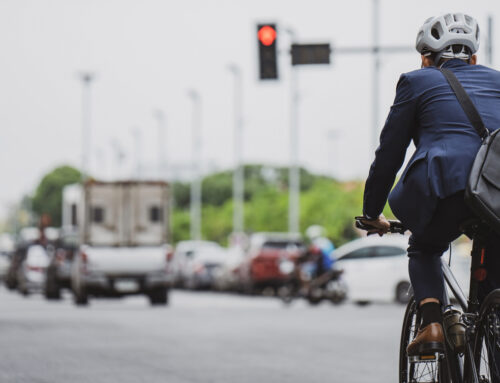
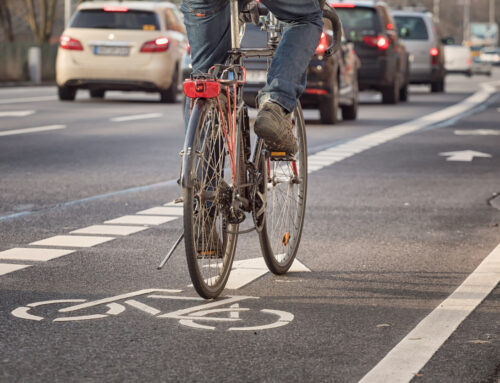
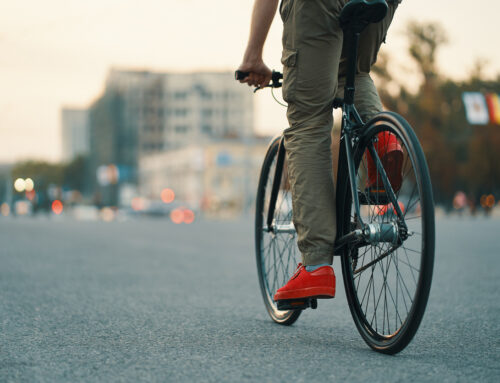

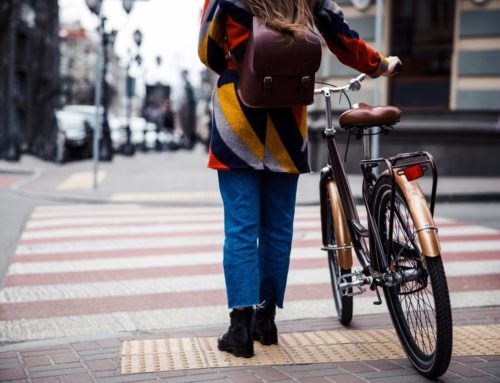
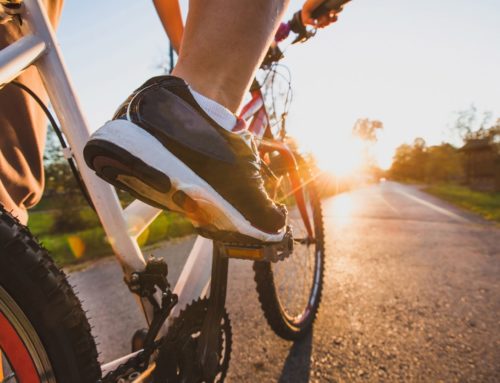
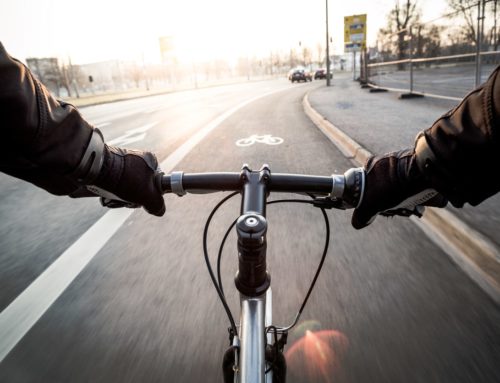

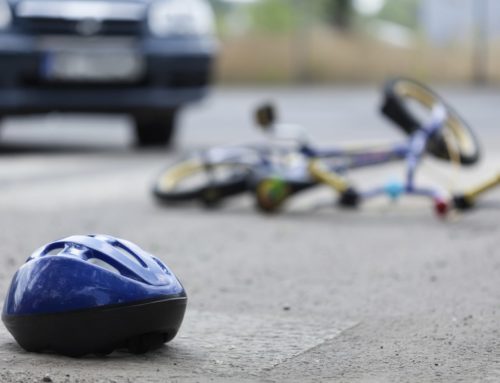

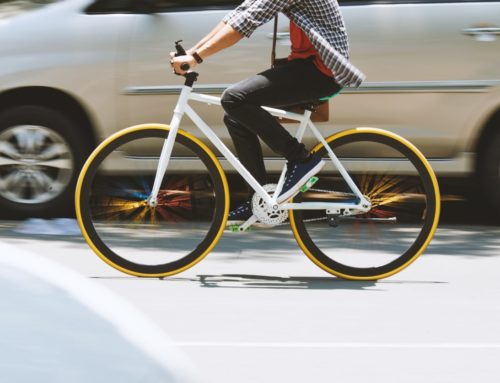



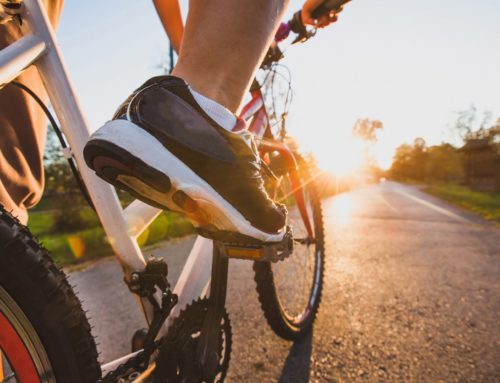
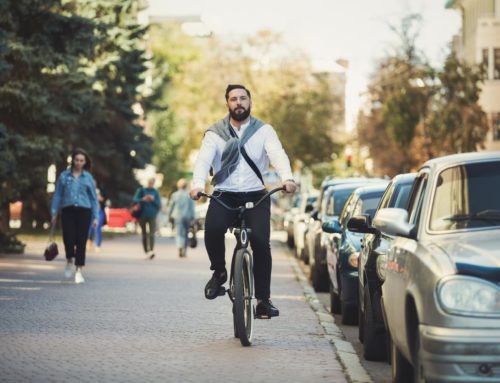
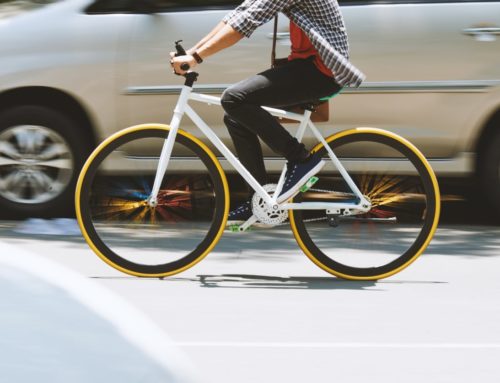
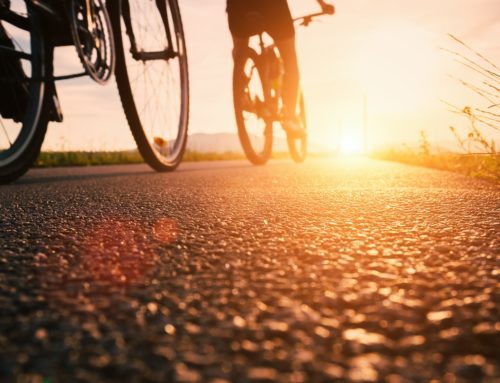

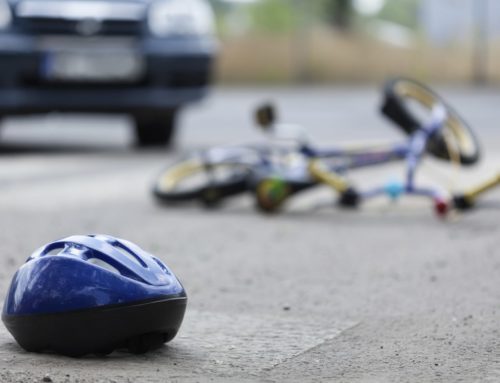

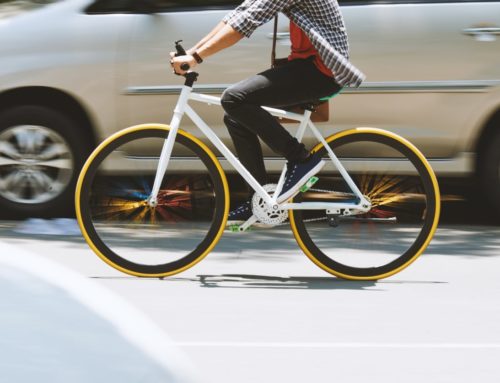
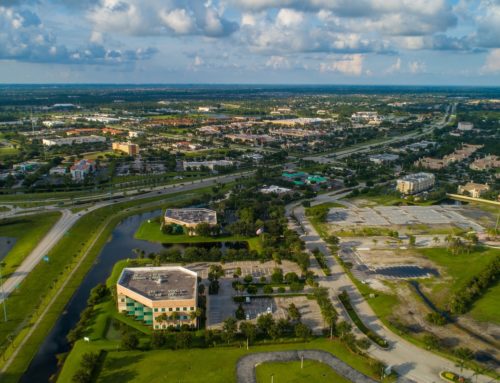
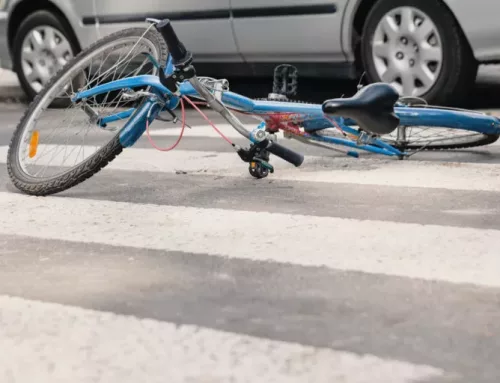
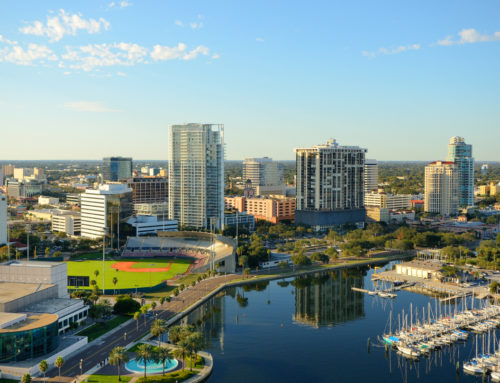
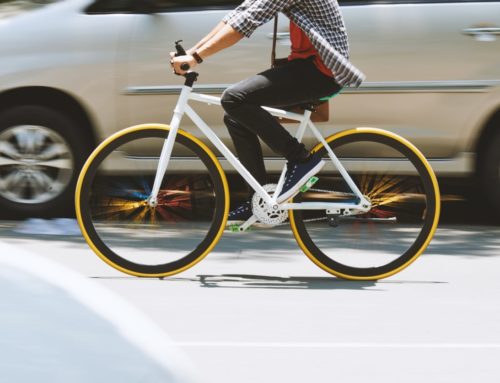
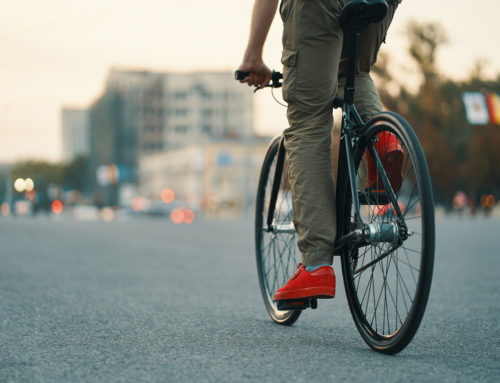
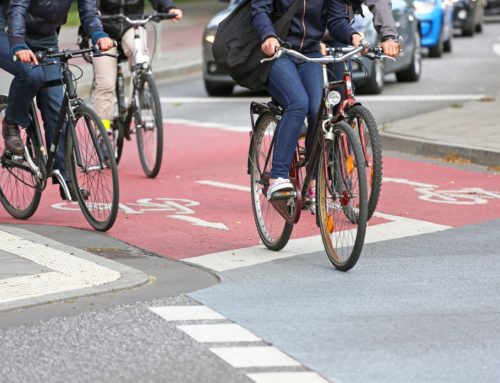
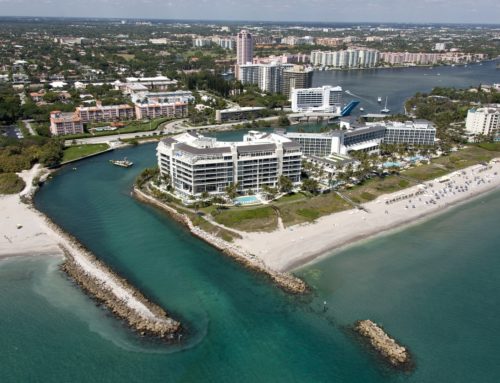
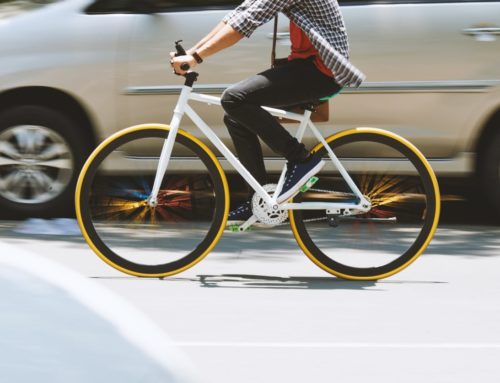
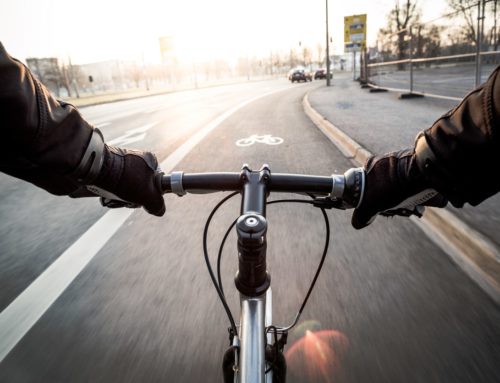

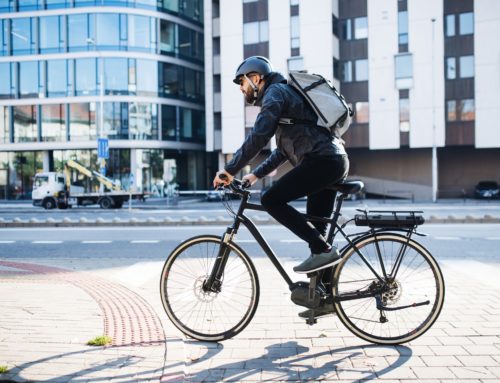
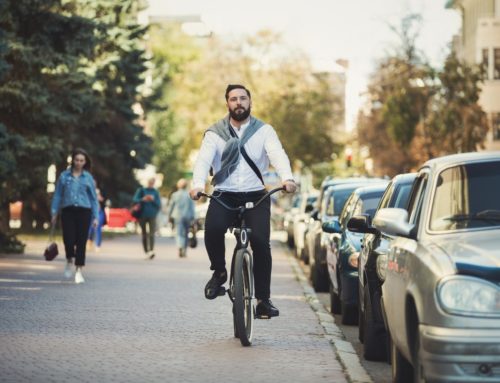

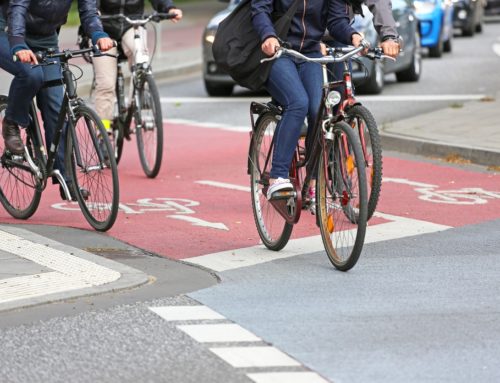
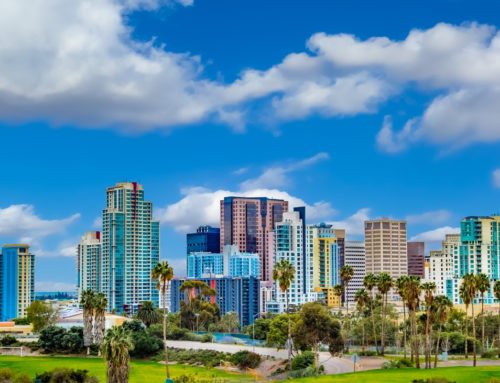
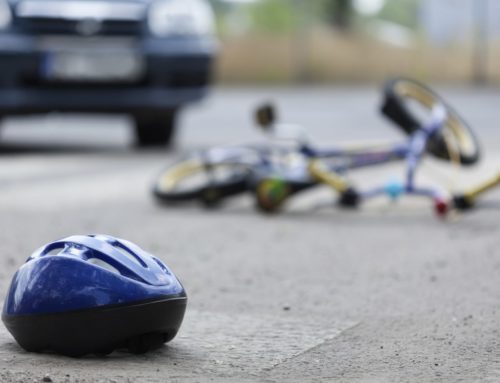
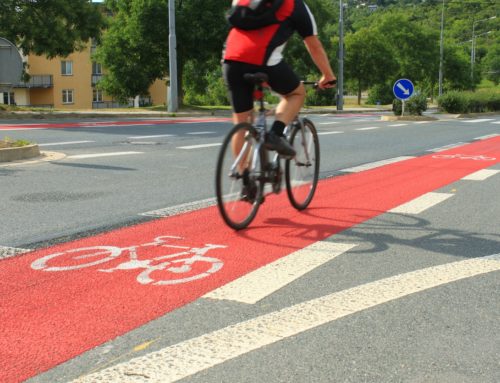


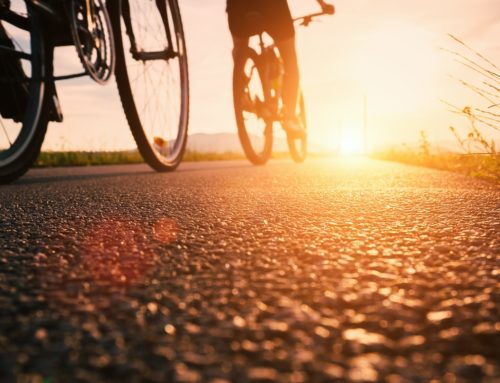

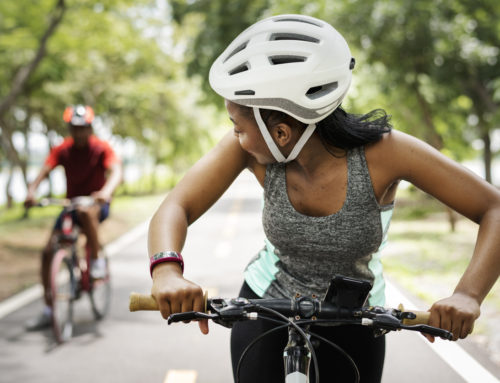
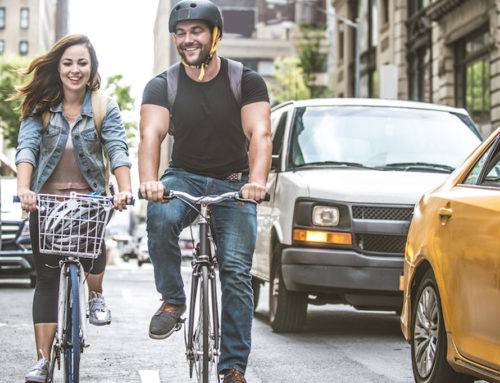


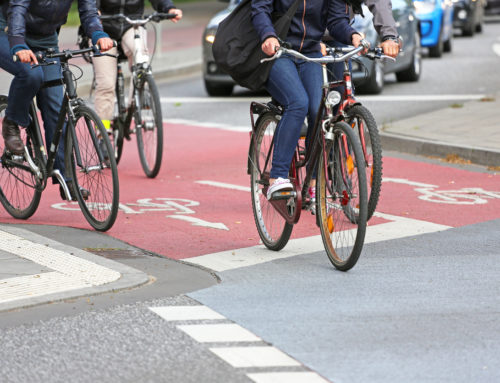
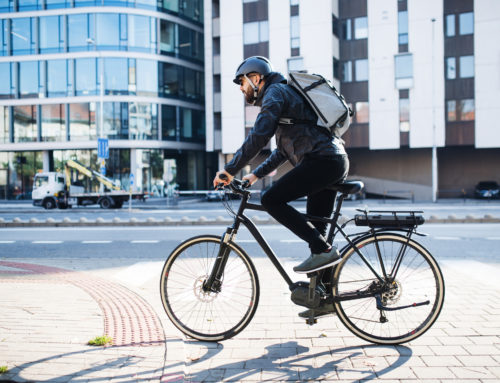
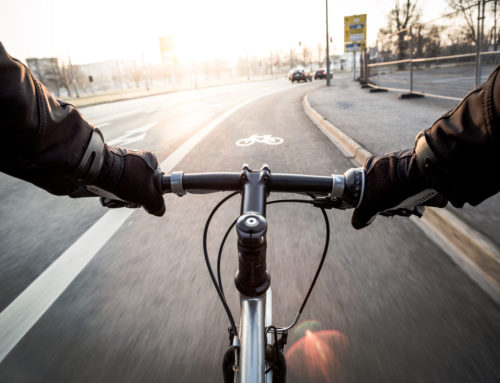

Leave A Comment